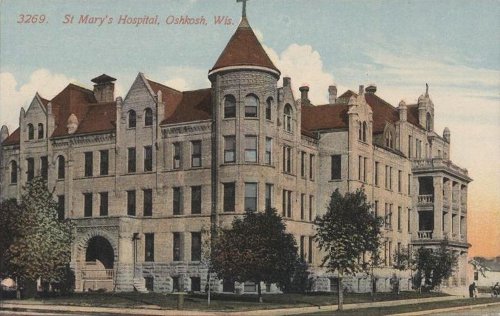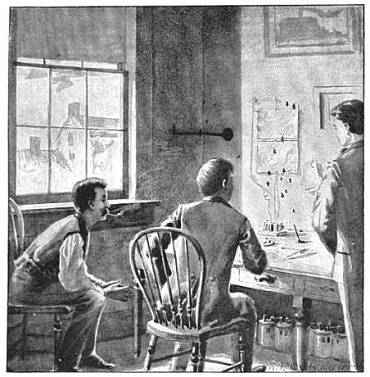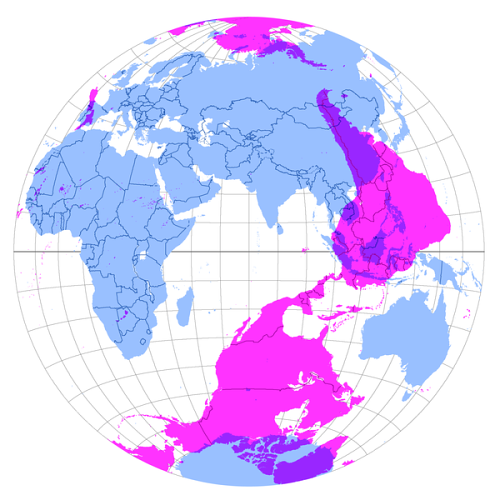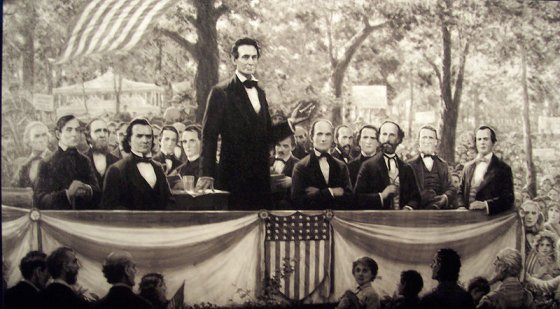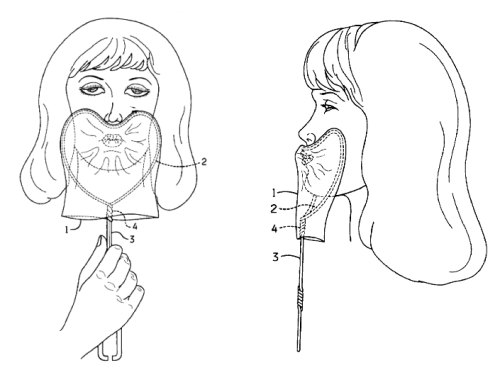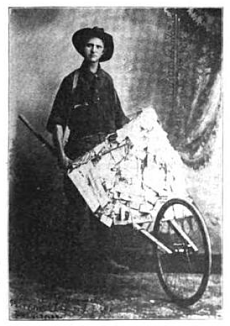logodaedalus
n. an inventor of words and phrases
I once had the honour of meeting a philosopher called McIndoe
Who had once had the honour of being flung out of an upstairs window.
During his flight, he said, he commenced an interesting train of speculation
On why there happened to be such a word as defenestration.
There is not, he said, a special word for being rolled down a roof into a gutter;
There is no verb to describe the action of beating a man to death with a putter;
No adjective exists to qualify a man bound to the buffer of the 12.10 to Ealing,
No abstract noun to mollify a man hung upside down by his ankles from the ceiling.
Why, then, of all the possible offences so distressing to humanitarians,
Should this one alone have caught the attention of the verbarians?
I concluded (said McIndoe) that the incidence of logodaedaly was purely adventitious.
About a thirtieth of a second later, I landed in a bush that my great-aunt brought back from Mauritius.
I am aware (he said) that defenestration is not limited to the flinging of men through the window.
On this occasion, however, it was so limited, the object defenestrated being I, the philosopher, McIndoe.
— R.P. Lister

